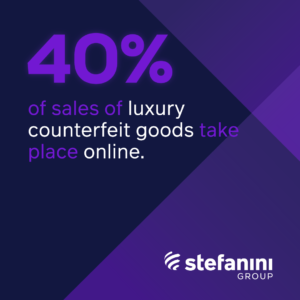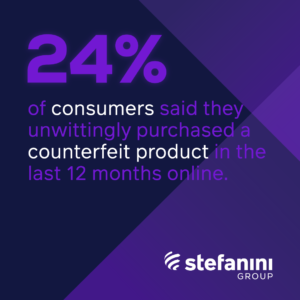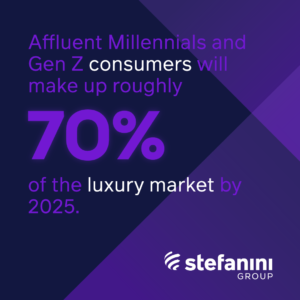The inability of luxury companies to control counterfeiting is in large part due to a hollowing of brand values. Experts claim that the success counterfeiting and piracy of luxury goods is due to strategic decisions to outsource manufacturing and emphasizing the logo value while boosting prices (HBR 2019). While these foreign direct investments brought immediate ROI, they also loosened brand controls over supply chains and distribution models. The industry seems to have placed an emphasis on signaling luxury rather than delivering it throughout customer experiences.
Economic Impacts of Counterfeiting
Luxury companies feel the impact of the counterfeit underground economy in a variety of ways, all of which serve as a detriment to their brand reputation and their bottom line. Furthermore, potential health hazards due to counterfeiting are a real concern for consumers who purchase gadgets, cosmetics, perfumes, or drug fakes that do not meet safety regulations.

This becomes more of an issue as online luxury sales begin to outpace most other channels across industries. It is estimated that 40% of sales of luxury counterfeit goods take place online. These digital access allow consumers to engage in counterfeiting trade anonymously and from any location. Even as distributors take efforts to shut down these sales, new ones appear as quickly as they are removed.

Despite the fact that counterfeits are illegal, the ease of access and anonymity makes these purchases quite easy for consumers, and often these goods ship directly from the same locations the authentic products are manufactured. Data shows that 30% of consumers accidentally bought a fake product online over the last five years and 24% of consumers said they unwittingly purchased a counterfeit product in the last 12 months online.
Fight fake products and personalize customer experiences. Read the article to learn more!
Beating Counterfeiters with Experiences Embedded with Brand Values
The growth of luxury sales over digital channels is tied to the shift in customer base to Millennials and Gen Z. Combined, these younger generations of affluent consumers will make up roughly 70% of the luxury market by 2025, contributing to 130% of luxury market growth.

Rather than presuming tomorrow’s consumers will prescribe to the same tastes and values of previous generations, luxury brands should take efforts to return to their roots. Tomorrow’s consumers are less likely to be swayed by status symbols alone, and will look to brands to emulate progressive political and social values. Further, focusing on craftsmanship, design, and manufacturing excellence will be vital to demonstrating strong corporate character to consumer audiences.
In order to protect their intellectual property, Luxury brands must reevaluate and to place higher priority on inclusivity and customer centric approaches. Affluent consumers demand seamless cross-channel experiences, always-on convenience, and authentic commitment to sustainability.
Providing these seamless experiences requires companies to evaluate each touchpoint in the consumer’s lifecycle. The high cost of luxury goods means that consumers naturally consider them to be investments, and brands must consider how they can demonstrate brand values before and well after a customer has made a purchase.
For many organizations, the ideal approach is to focus on where customers are most likely to encounter fakes – protecting the path customers take to identify the genuine brand by establishing a clear picture of what customers see when searching across websites, marketplaces, and social media. In essence, businesses concentrate their protection efforts on the top few pages of search listings marketplaces and sponsored search advertisements, for example, to keep them as free of counterfeit, pirated, and grey market listings as possible.
For many brands, the best strategy will be to concentrate on the areas where customers are most likely to come see counterfeits online and establishing a clear pathway for what customers see when identifying the genuine brand across websites, marketplaces, and social media. Additionally, companies must hold customer support channels to the same brand value standards.
Enable robust workplace experiences with an adaptable infrastructure. Discover our WX solution.
Build Authentic Branded Experiences with an Adaptable Workplace
While counterfeits may never disappear, the quality of an authentic branded customer experience presents a tangible value for consumers that extends beyond an individual product.
Creating these experience demands an examination of company enterprise functions and careful efforts to embed brand values at all customer touchpoints.
At Stefanini, we understand how essential branded experiences are to building trust with your audience. Speak with an expert and build an adaptable digital workplace experience that can support brand values.




















